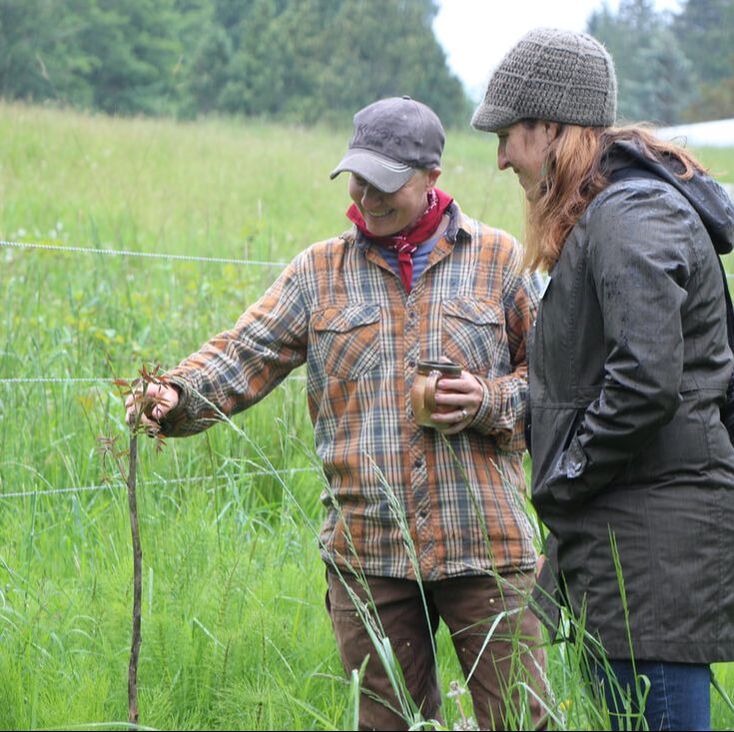About WICD
Most people agree that conservation works best when people who live and work in an area learn to take care of their own natural resources. Established in 1967, we are staffed and led by locals who understand the needs of the landscapes and community members we serve.
Conservation districts are trusted, community-based hubs of expertise and funding that work with people to achieve natural resource and land use goals. District staff assess your specific needs on an individual basis, make stewardship recommendations, and help fund appropriate solutions.
As a political sub-division of state government, we provide resources and programs that are voluntary and incentive-based, and available to all interested landowners and residents on Whidbey Island. Camano Island residents are served by the Snohomish Conservation District.
Conservation districts are trusted, community-based hubs of expertise and funding that work with people to achieve natural resource and land use goals. District staff assess your specific needs on an individual basis, make stewardship recommendations, and help fund appropriate solutions.
As a political sub-division of state government, we provide resources and programs that are voluntary and incentive-based, and available to all interested landowners and residents on Whidbey Island. Camano Island residents are served by the Snohomish Conservation District.
our work
Stewardship
We empower people to care for natural resources using scientifically backed best management practices and financial assistance.
Conservation Planning
Conservation planning teaches you about your land's soil, water, air, plant, animal, economic, and energy capabilities and limitations, helping you make informed decisions.
Events & Education
We offer free workshops, classes and demonstrations to teach you tangible skills and stewardship principles.
We empower people to care for natural resources using scientifically backed best management practices and financial assistance.
Conservation Planning
Conservation planning teaches you about your land's soil, water, air, plant, animal, economic, and energy capabilities and limitations, helping you make informed decisions.
Events & Education
We offer free workshops, classes and demonstrations to teach you tangible skills and stewardship principles.
|
Our services are provided by district staff free of charge
Some examples of our services include:
Request Assistance using the form below! |

